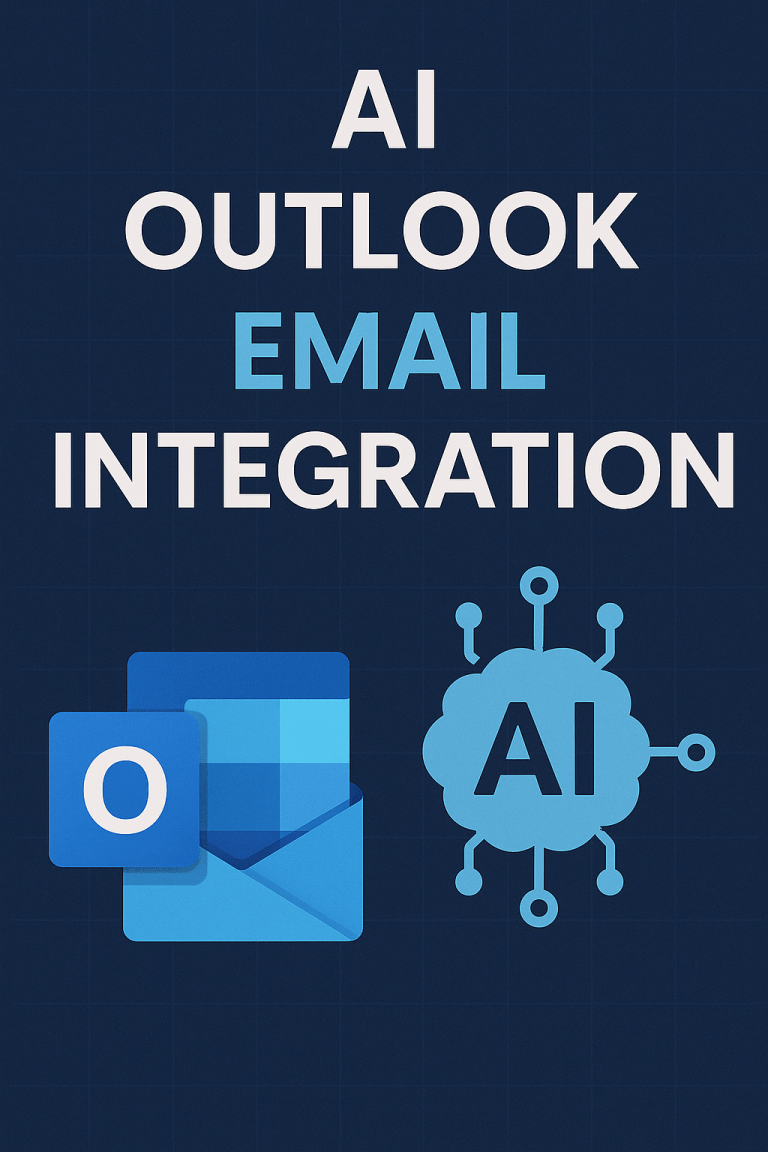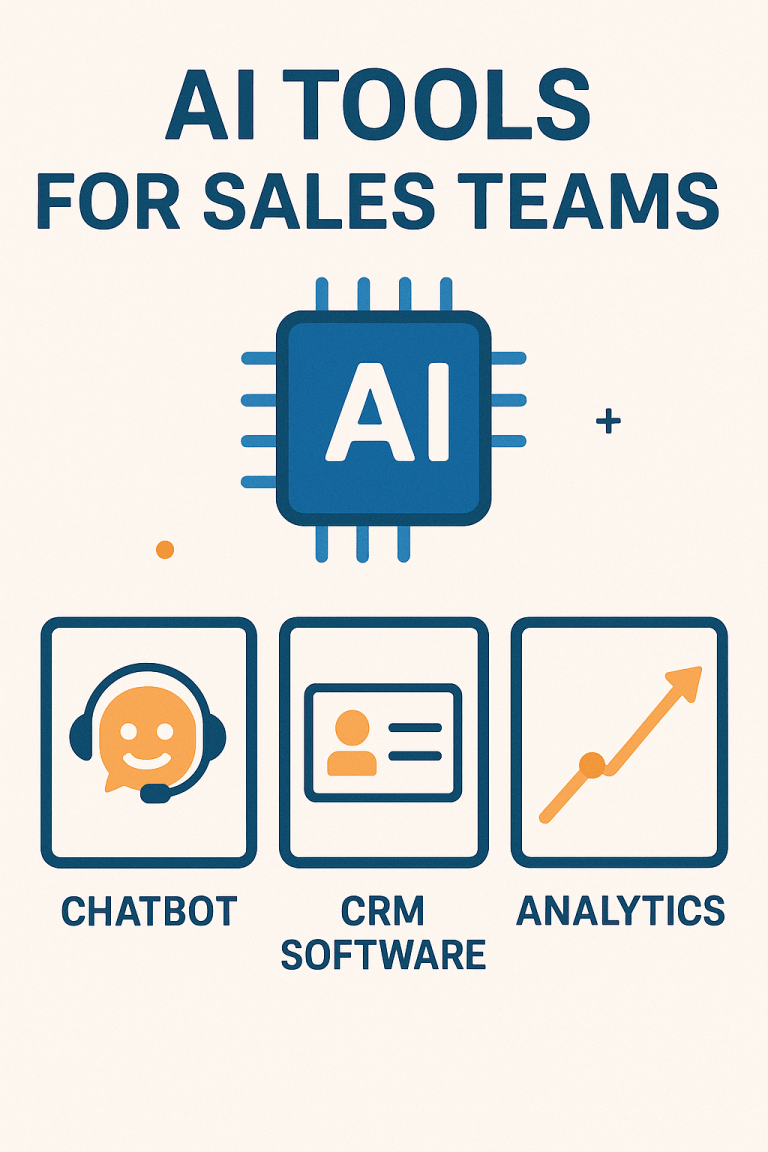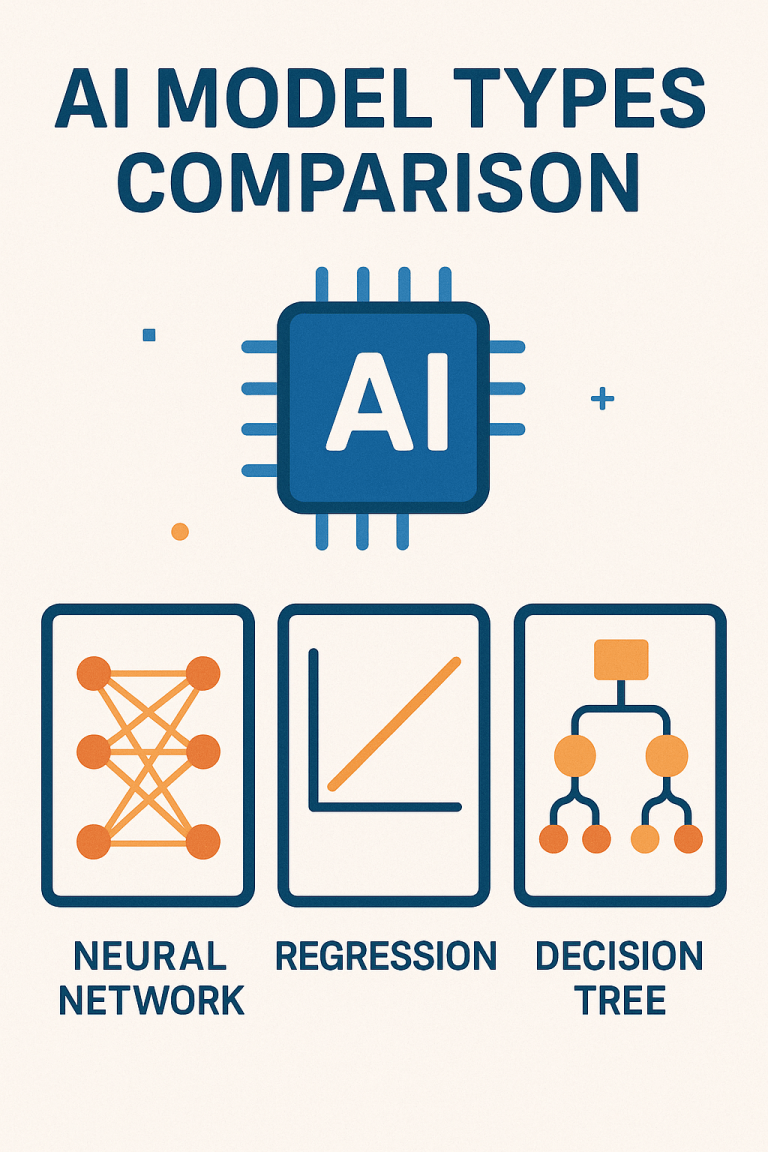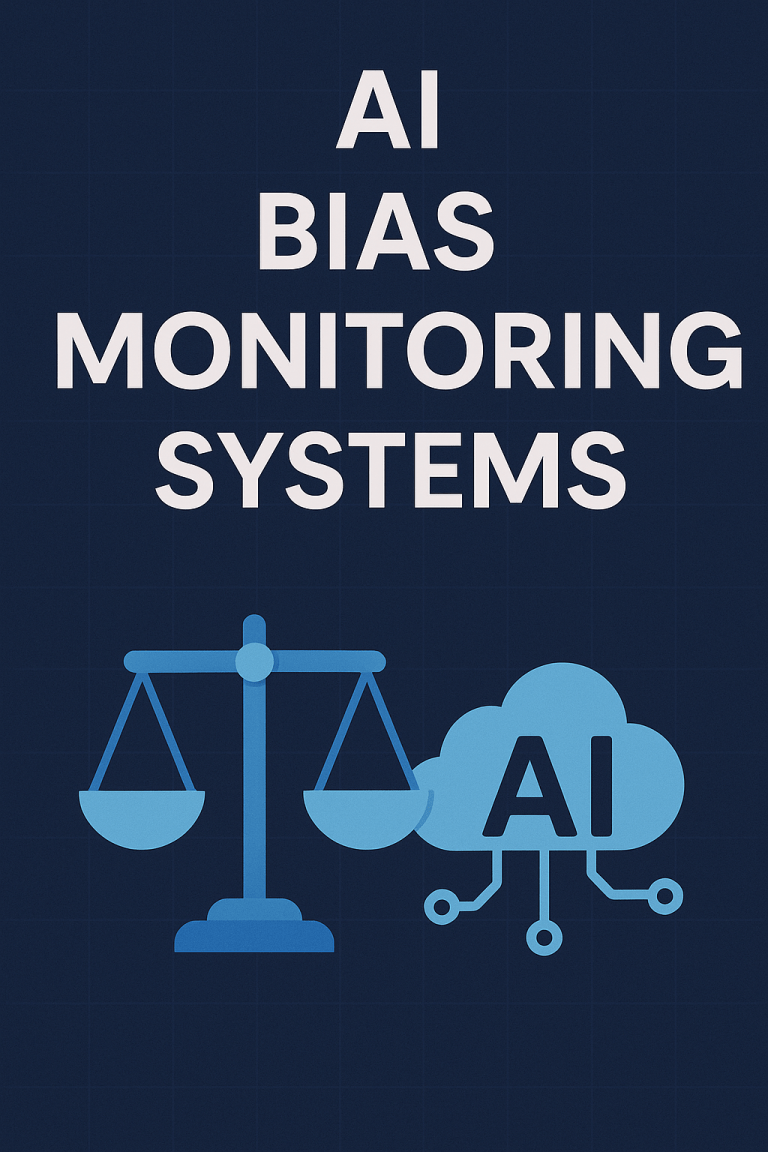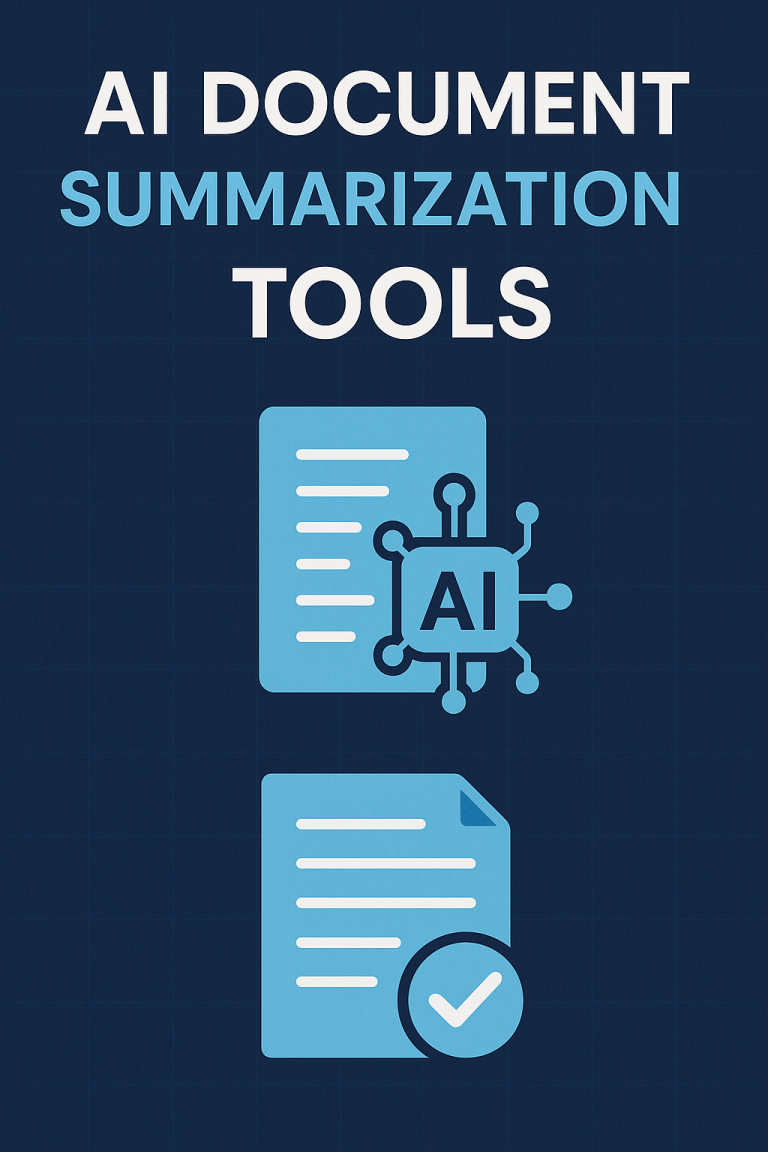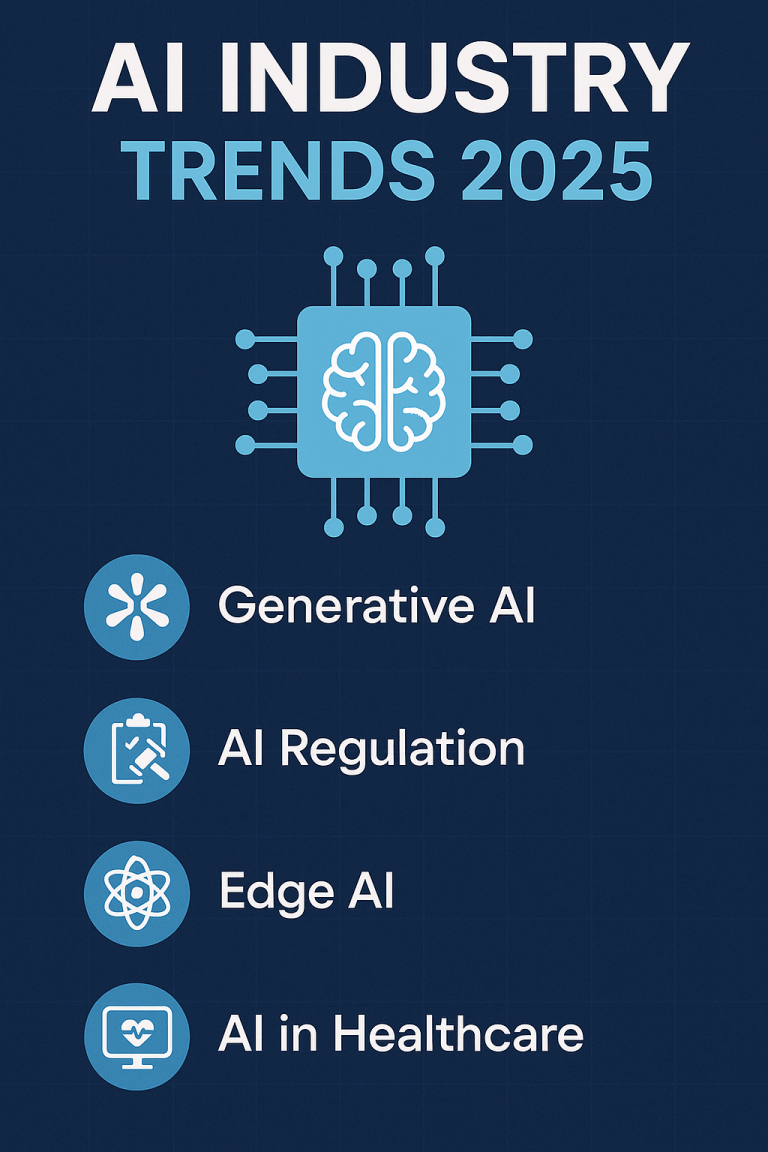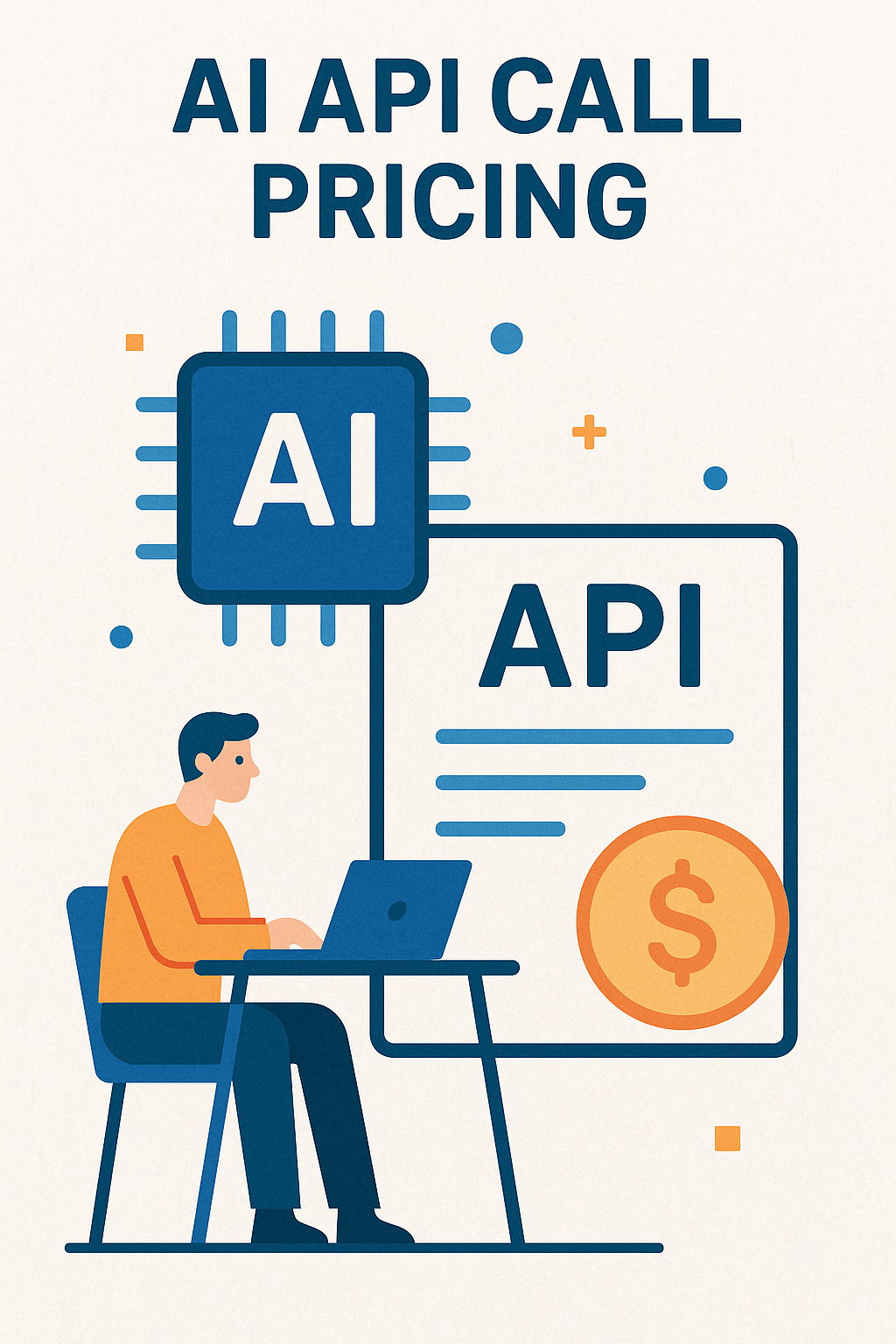
Do you find yourself staring at your AI API bill, wondering why it’s so much higher than you expected? You’re not alone. Many developers and businesses jump into using AI APIs without fully understanding the pricing structures, only to face shocking costs down the line.
Let’s fix that problem right now.
The Reality of AI API Pricing
AI APIs can transform your applications and workflows, but without proper planning, they can also transform your budget—and not in a good way. Here’s what we’ll cover:
- Common pricing models you’ll encounter
- What the major providers actually charge
- Hidden costs nobody tells you about
- How to slash your API expenses
Common AI API Pricing Models
AI providers use several different pricing structures. Understanding these models is critical for managing costs:
1. Pay-Per-Call Pricing
What it is: You pay for each API request you make.
Who uses it: Smaller specialized AI providers often use this model.
Pros: Simple to understand, predictable for low volumes.
Cons: Can become expensive quickly with high-volume usage.
2. Token-Based Pricing
What it is: You pay based on the number of tokens (chunks of text) processed.
Who uses it: OpenAI, Anthropic, and most large language model providers.
Pros: Fair pricing based on actual usage and computational load.
Cons: Token counts can be difficult to predict accurately.
3. Subscription Tiers
What it is: Fixed monthly fee for a set allocation of API calls.
Who uses it: Business-focused AI providers.
Pros: Predictable monthly costs, often includes priority support.
Cons: You pay whether you use your full allocation or not.
4. Usage-Based with Volume Discounts
What it is: Costs decrease as usage increases.
Who uses it: Most enterprise-grade AI providers.
Pros: Rewards high-volume users with better rates.
Cons: Difficult to predict costs if usage fluctuates significantly.
Major AI API Providers and Their Pricing (May 2025)
Let’s look at what the leading providers charge:
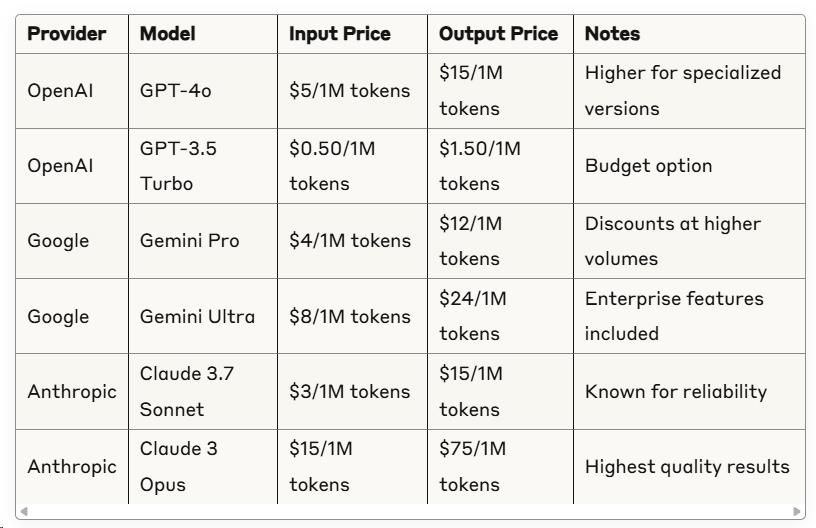
Note: Prices may vary based on contract terms, volume commitments, and special offers.
Hidden Costs Nobody Mentions
The sticker price isn’t the whole story. Watch out for these additional expenses:
- Rate Limiting Costs
- Having to provision multiple API keys
- Building queueing systems to manage request limits
- Development time to handle rate limit errors
- Data Storage Expenses
- Storing conversation history
- Backing up API responses
- Managing prompt libraries
- Integration and Maintenance
- Developer time for API integration
- Ongoing maintenance as APIs evolve
- Version migration costs
- Support and SLA Fees
- Premium support plans (often required for production)
- Service level agreements for uptime guarantees
- Priority access during high-demand periods
10 Ways to Cut Your AI API Costs Now
- Optimize your prompts
- Shorter prompts mean fewer tokens
- Clear instructions reduce back-and-forth
- Cache common responses
- Store responses for frequent queries
- Implement an LRU (Least Recently Used) cache
- Use the right model for the job
- Don’t use GPT-4 when GPT-3.5 would work
- Match model capabilities to actual needs
- Implement retry logic with backoff
- Avoid wasting calls on temporary failures
- Use exponential backoff to respect rate limits
- Set hard usage caps
- Implement maximum daily/monthly budgets
- Create alerts for unusual usage patterns
- Batch requests when possible
- Group similar requests together
- Process in off-peak hours when applicable
- Use streaming for user-facing applications
- Allows for early termination if needed
- Improves user experience while potentially saving tokens
- Pre-process and clean input data
- Remove unnecessary information
- Format data efficiently before sending to API
- Implement a token counting library
- Predict costs before making calls
- Set up guardrails for maximum input sizes
- Negotiate enterprise rates
- Volume discounts for committed usage
- Multi-year contracts can lock in lower rates
Calculating Your Potential API Costs
Before integrating an AI API, run these calculations:
- Estimate your token usage:
- Average tokens per request × Estimated requests per day × 30 days
- Apply the provider’s pricing:
- (Input tokens × Input rate) + (Output tokens × Output rate)
- Add a 20% buffer:
- Calculated cost × 1.2 (for unexpected usage spikes)
- Factor in development and integration costs:
- Developer hours × Hourly rate
Example Calculation:
A customer service chatbot handling 1,000 conversations daily, with an average of 500 tokens per conversation:
- Input: 1,000 conversations × 200 tokens input × $5/1M tokens = $1/day
- Output: 1,000 conversations × 300 tokens output × $15/1M tokens = $4.50/day
- Monthly cost: ($1 + $4.50) × 30 days = $165/month
- With 20% buffer: $165 × 1.2 = $198/month
What Nobody Tells You About Scaling AI API Usage
As your usage grows:
- You’ll hit rate limits before price breaks
- Plan for architectural changes as you scale
- Budget for multiple API keys and load balancing
- Support becomes non-negotiable
- Factor in premium support costs
- Consider the cost of downtime and failures
- Fine-tuning becomes economical
- At high volumes, custom models can be cheaper
- Calculate the breakeven point for model training vs. API calls
Final Thoughts: Making the Right Choice
When selecting an AI API provider, balance these factors:
- Cost structure: Which pricing model aligns with your usage patterns?
- Quality requirements: Do you need the best responses or will good enough work?
- Scaling plans: How will costs change as you grow?
- Technical considerations: Integration complexity, documentation quality, and community support
Start small, monitor closely, and adjust your strategy based on actual usage patterns. The right approach to AI API pricing isn’t just about finding the lowest rate—it’s about optimizing for your specific needs while maintaining flexibility for the future.
Next Steps
- Audit your current AI API usage
- Run cost projections for different providers
- Implement at least three cost-saving measures from our list
- Set up usage monitoring and alerts
Smart planning now will save you from budget surprises later.
Unlock your AI Edge — Free Content Creation Checklist
Get the exact AI-powered process to 10X your content output — blogs, emails, videos, and more — in half the time.
No fluff. No spam. Just real results with Ai.

